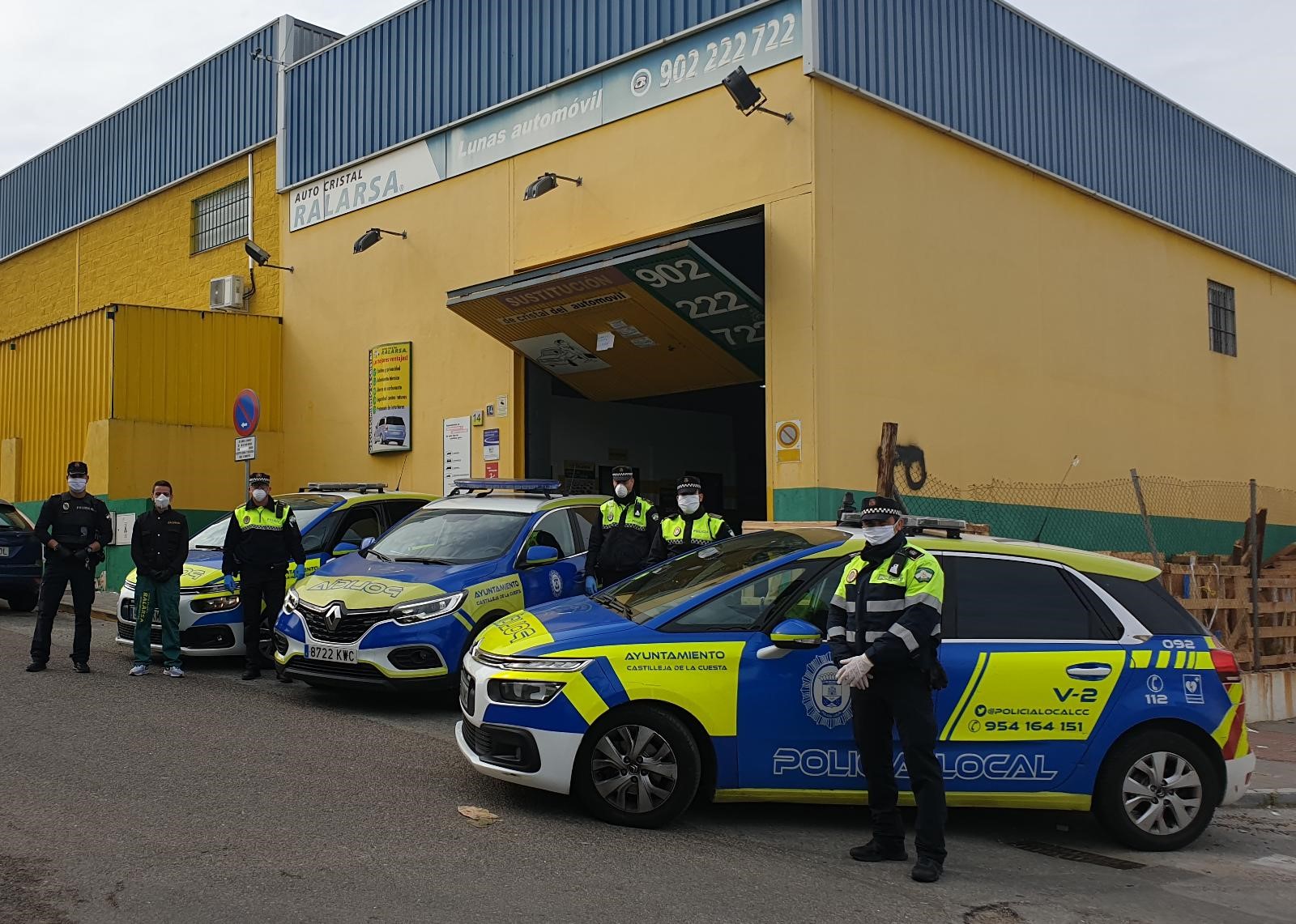Car windows fulfill very important functions in vehicles, acting as elements that protect us from external agents, prevent the cabin from being crushed in case of rollover, keep a comfortable temperature inside the cabin, and cause minimal damage when broken, as set out in Regulation No. 43 and Directive 92/22/EEC.
The manufacturing of these glass parts requires several production processes to achieve the aforementioned properties. At Ralarsa, as a company dedicated to automotive glass for more than 35 years, we inform you on how car windows are manufactured.
The production process
The origin of the materials that make up vehicle glass comes from a combination of silica sand and metallic oxides, which are heated to the melting point. As a result, a liquid is obtained that will solidify into sheets and be classified according to the type of glass: tempered or laminated.
According to current regulations, laminated glass must be used in the manufacture of windshields, while tempered glass is used for other windows such as door windows, quarter windows, roof glass, and rear windows.
Tempered glass
This type is characterized by a production process in which the glass is heated to 600ºC and then cooled rapidly with air in a matter of seconds. This process facilitates the solidification of the product, giving it greater mechanical strength than ordinary glass.
However, its most important feature relates to our safety in case of accident or impact. If it breaks, the resulting fragments of tempered glass are numerous, small, and rounded, thus preventing serious injuries to vehicle occupants.
Laminated glass
This type of glass consists of two sheets of glass with a transparent sheet in between called PVB (polyvinyl butyral). This is a polymer of high adhesion and durability that keeps the glass fragments inside the windshield, offering greater resistance to the entry of external elements and preventing injuries from possible breakage in an accident or collision.
The manufacturing process for laminated glass consists of three stages:
- Cutting and screen printing: the glass is cut according to the model and desired dimensions. After cutting, the edges are milled, each piece is washed and dried to proceed to the next step.
- Molding: both sheets of glass are placed in a furnace where, after heating, the material becomes more flexible and moldable. At this point, the curvature corresponding to each vehicle model is applied.
- Assembly: once the glass has cooled, the PVB interlayer is inserted, and after this step, it is reheated so that the three sheets form a single unit.
Other characteristics
Thanks to technological advances, vehicle glass has evolved significantly in recent years, becoming lighter and incorporating systems that offer greater comfort and safety while reducing fuel consumption and pollution, such as: solar control glass (reducing heat build-up), anti-reflective (reducing light reflection), acoustic (reducing external noise penetration), hydrophobic (improving water runoff), tinted (absorbing part of solar energy), photochromatic (able to darken/lighten), heated glass, and HUD systems (virtual display of information on the windshield).
As we have seen, car windows play a very important role in our safety and comfort, so in case of any problem it is always advisable to consult an expert. Trust us with your repair and replacement of car glass and enjoy the advantages of traveling with total peace of mind anywhere you go.





